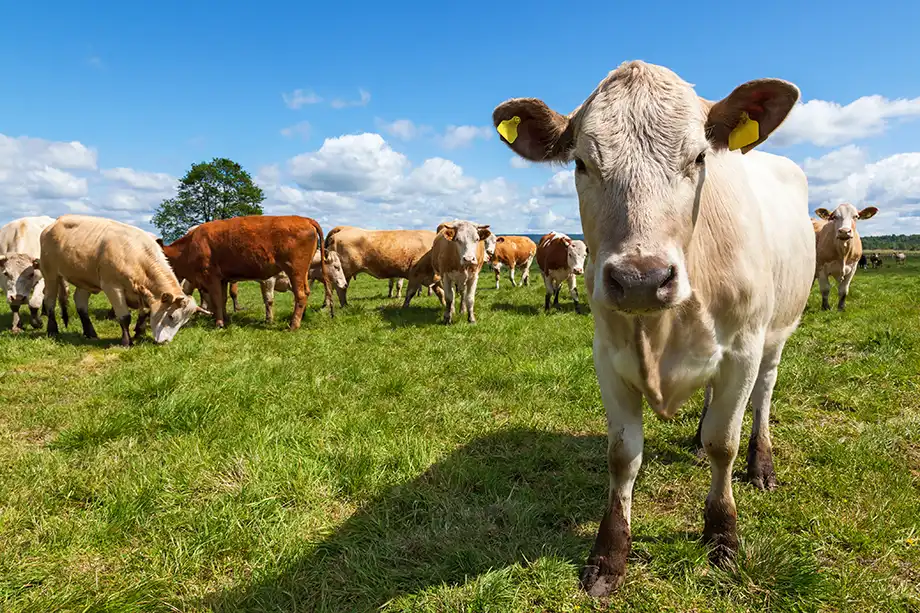Doubtful climate gains from seaweed feed

Seaweed in animal feed has been highlighted to reduce the impact of cattle on the climate. However, new findings from KTH show that the alleged benefits may disappear when the entire life cycle is considered.
“Adding seaweed to cattle feed has been overestimated as a quick solution to emissions from livestock,” says Jean-Baptiste Thomas, a researcher at the Division of Water and Environmental Engineering at KTH, Royal Institute of Technology.
Methane emissions, a significant portion of which come from belching cows, have a greater impact on global warming than carbon dioxide. But adding a small amount of seaweed to cattle feed can reduce emissions by between 30 and 90 per cent, according to several research studies.
But the reduction in emissions is misleading, according to a recently published study with Jean-Baptiste Thomas as first author. The researchers' life cycle analysis of seaweed feed – from the production and processing to feeding and measuring the total impact of the system – paints a completely different picture.
“The real climate benefit is much smaller – and sometimes there is no benefit at all, or it can even be worse,” says Thomas.
Climate gains offset
The climate impact depends on how the seaweed is produced, processed and how far it is transported. The energy used in processing is often decisive for the outcome.
“Many additives are dried or refined using very energy-intensive methods, such as freeze drying. If fossil fuels are used, the emissions can be so high that they offset most of the climate benefits of reducing methane emissions,” says Thomas.
The most common seaweed in cow feed, Asparagopsis, which is most effective at reducing methane emissions, is a tropical species, which can mean long transport distances.
“If the seaweed has to be transported across Europe or internationally, emissions from cooling and logistics can negate the gains achieved at the cultivation level.”
However, cultivating Asparagopsis in Sweden would require the use of artificial, energy-intensive cultivation systems on land, as the species is invasive. According to the researchers, the extra energy consumption would in practice offset the reduced emissions.
Can be beneficial
Nevertheless, Jean-Baptiste Thomas does not want to completely rule out seaweed feed as part of the solution to livestock emissions. Seaweed can be beneficial – if they come from sources with low environmental impact. In the study, the researchers looked at, among other things, residual products from brown algae used in the food industry.
“Residual products are particularly interesting because they are materials that would otherwise go to waste.”
Thomas also believes that a growing seaweed industry and more biorefineries could pave the way for more efficient production. Natural processes – such as allowing the seaweed to dry in the wind and sun – and other energy-efficient methods can also make a big difference.
“But seaweed alone cannot change the climate footprint of livestock. It can be part of a larger package of measures – together with better feed, breeding, manure management and reduced consumption.
The study is the first to examine the entire seaweed feed chain – from production to use.
"This is quite surprising, considering how much attention the issue has received for almost a decade. Perhaps it shows how eager we are to find quick technical solutions to the climate crisis.
Text: Christer Gummeson ( gummeson@kth.se )

